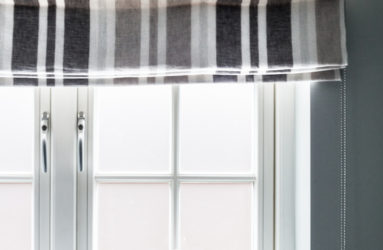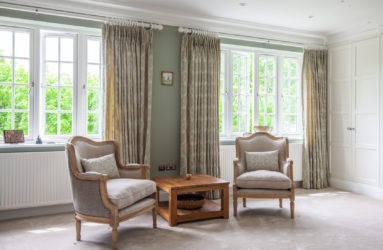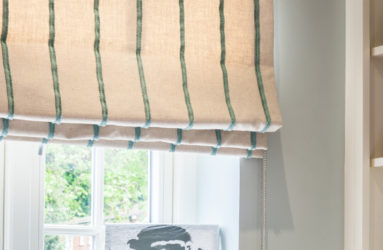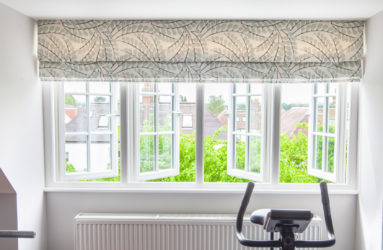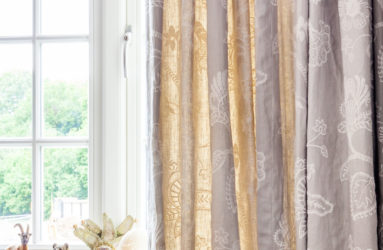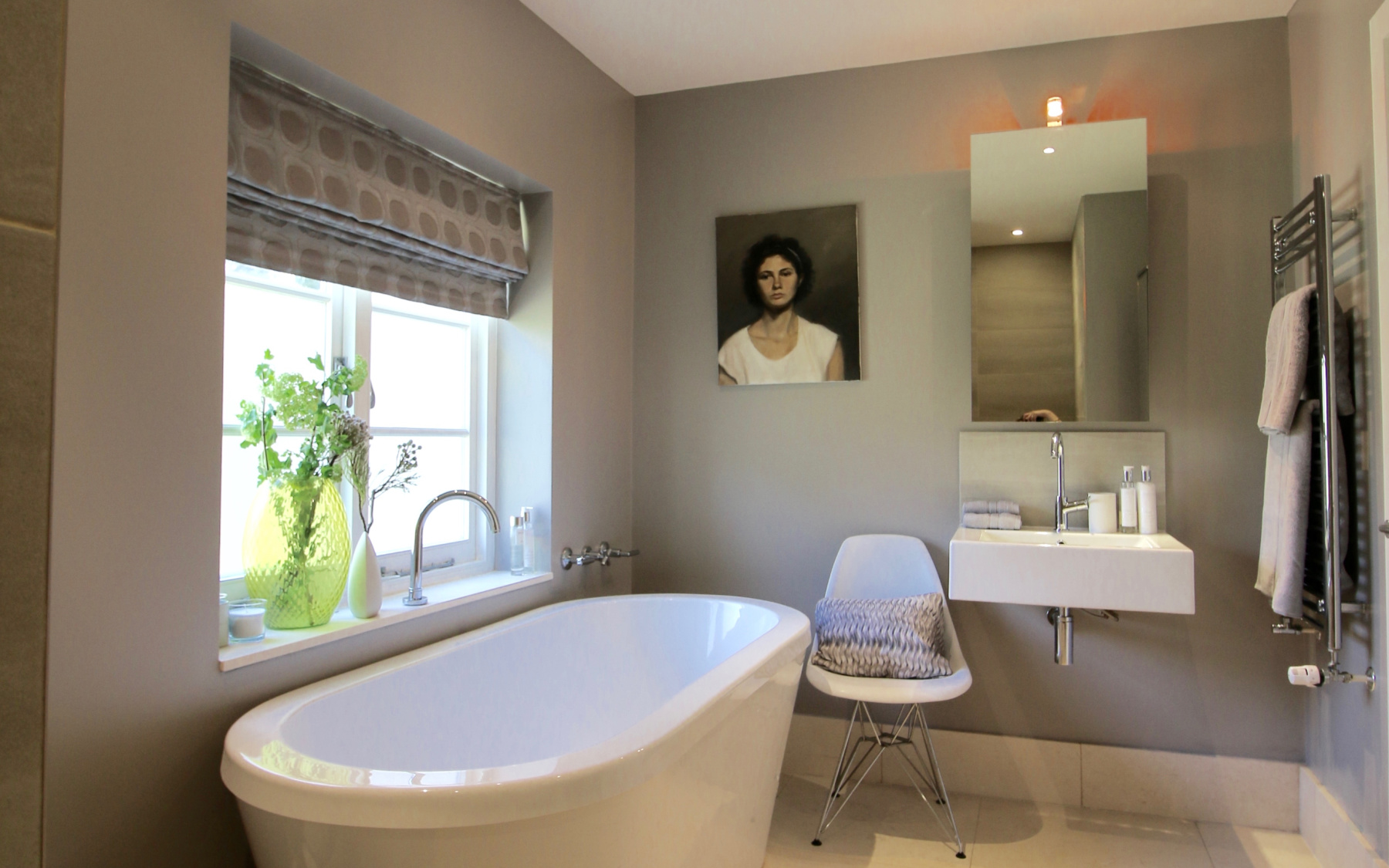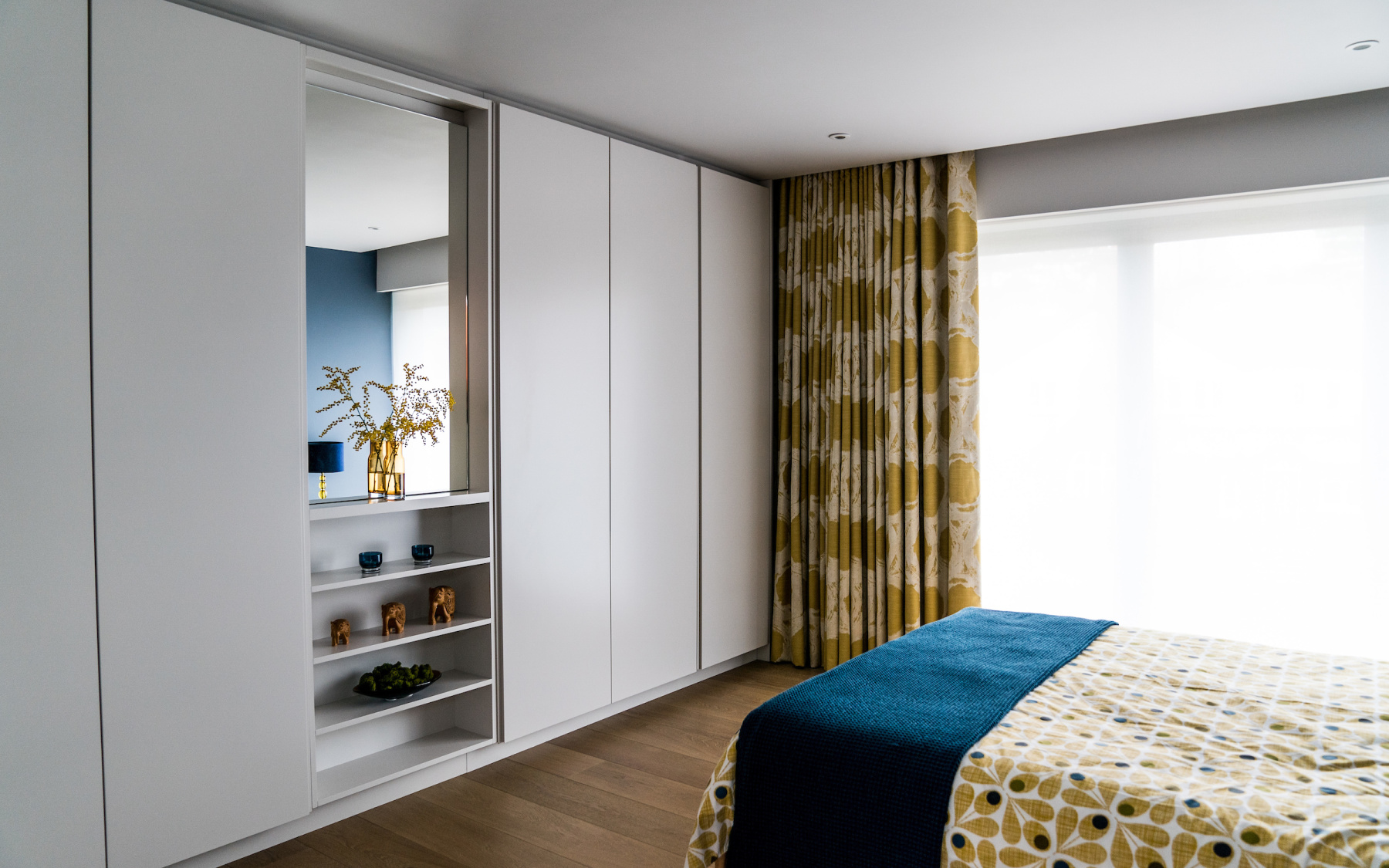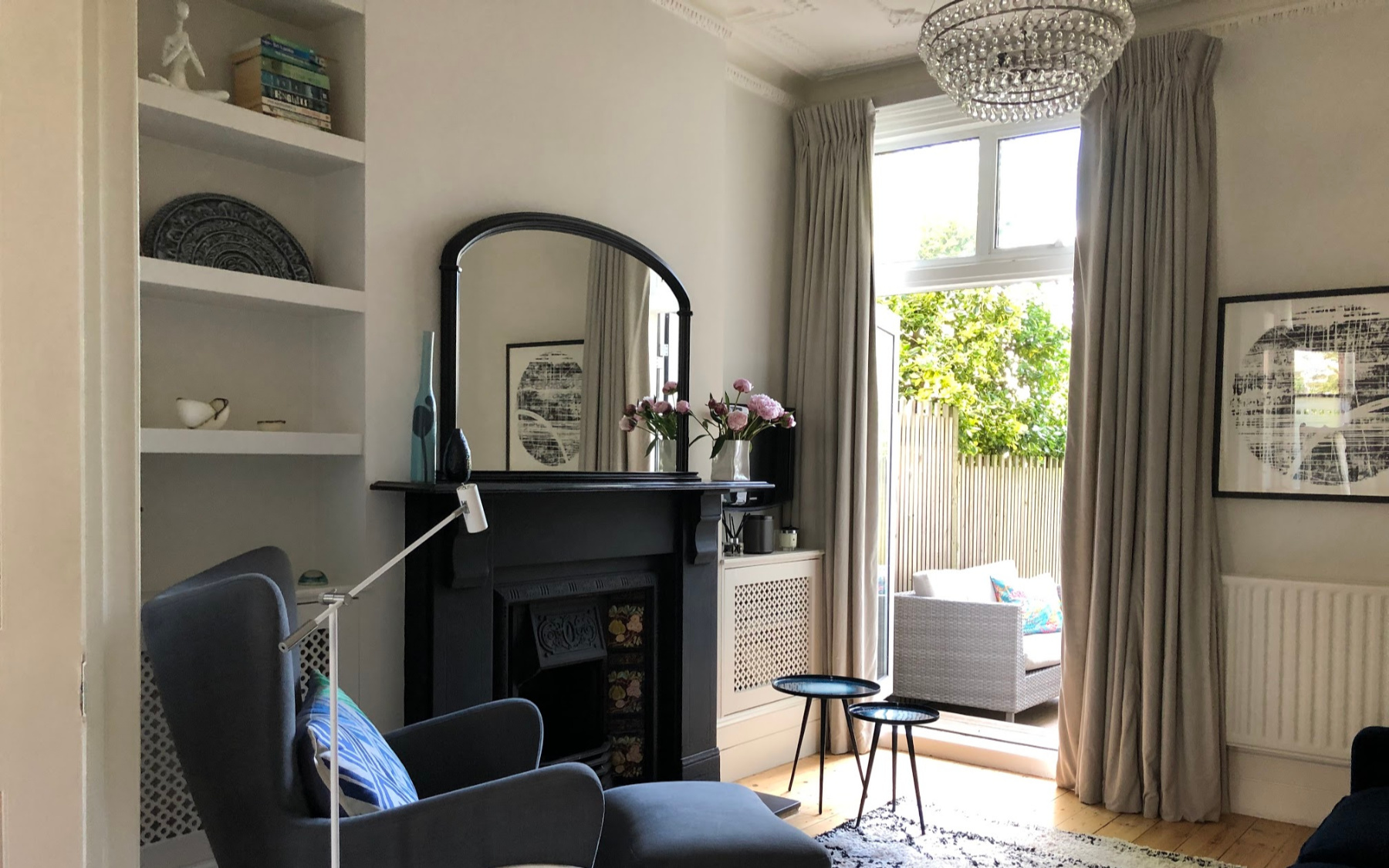Dress To Impress: Curtains & Blinds
(All photos from Decorbuddies projects)
Windows come in all shapes and sizes and so do their dressings. Choosing a dressing for your window can completely change the ambiance of the room. Picking floor-length drapes over roman blinds can be the difference between creating a soft, romantic retreat or a contemporary condo.
Not only do curtains and blinds create different interior styles, but their form will dictate the light, privacy and temperature of a room. Picking the best window dressing for your room is where style must meet practicality. Neglect to do so, and you might find yourself awake a 5am, regretting the decision to buy those chic wooden blinds for your bedroom that have let all the sunlight through!
Dressing for Privacy
First and foremost, think about the location of the window. Not only do curtains and blinds block out the light, but they can also create a screen for privacy. Consider to what degree you need to shield a room from public exposure. This will vary from room to room, and from window to window.
For a street-facing room, consider using blinds that can be left partially open all day. Thick wood-panelled shutters are a great way to protect a room from peeping Toms, whilst also letting in light all day long. Keep the panels partially turned to create dashes of light across the room. Not only will this create a striking pattern against the walls, but also shade in the heat of the day.
Bathrooms are usually constructed with privacy in mind. Cloakroom windows are often either situated high up on the wall, or fitted with frosted glass. However, if your completely translucent downstairs loo window has been positioned thoughtfully at eye level, use a window dressing to conceal the room from public view.
One option is to dress your bathroom window with a sheer roman blind that lets some of the light in, whilst completely shielding the view through the window. Using lighter fabrics for curtains or blinds will ensure you can leave the window dressing closed for maximum privacy, without compromising on natural light.
Dressing for Darkness
Considered their primary function, window dressings will also dictate the darkness of your accommodation. Blinds and curtains have varying levels of opaqueness, some letting more light in than others. Contemplate the importance of darkness to a room, before settling on your final window dressing.
It is crucial to a good nights sleep to dress a bedroom window correctly. Black out blinds are a popular option for a modern bedroom. These dressings will ensure you sleep all through the night, and all through the day if you so wish!
Flowing full-length curtains are also a fantastic option for a boudoir. Using fabric, rather than wood or plastic, will add a sleepy softness to the room. Be careful to ensure that you choose a thick fabric that confidently blocks out light.
If you are partial to the modern feel of a panelled blind, test out the blinds to ensure that the panels will block the light out completely when closed. Some blinds are angled to trap the light, whilst sunlight may leak through the cracks of others.
Another options is to create combinations of black out blinds, with curtains or shutters over the top. Concealed beneath the blind or curtain rail, the black out roller blind is purely functional. This allows more flexibility with the decorative window hanging overlaid on top.
Dressing for Temperature Control
Windows are also vehicles for heat. Large panes of glass or highly placed apertures magnify sunlight. Using window dressings will create shade and prevent a room from getting too overheated.
Remember that blinds and curtains are not restricted only to windows, but can be applied to any pane of glass fitted onto an outdoor wall. Modern extensions with large sliding doors may need window dressings to prevent overheating.
Whilst installing blinds may be necessary for implementing shade, fixing in a rail can jeopardise the sleek modern feel of the sliding doors. To resolve this issue, create a recess above a floor to ceiling door creates a space for a concealed blind or curtain track.
Downwards facing windows, such as loft skylights or conservatory roofs, also risk raising the room’s temperature. Specially fitted skylight blinds will create a barrier from the sun and prevent the room from over heating. It’s up to you whether you choose a soft fabric blind which snaps into place, or wooden panelled blinds to create a more natural feel.
To cool down other rooms in your home, choose lighter fabrics. In the summer, shutters can also be left open to allow a breeze through the house, whilst doubling up as a barrier to the outside.
Final Fittings
Correctly installing your blinds or curtains is essential to creating a seamless partition. Whilst changing curtains on a preexisting rail may be simple enough, some window shapes can create challenges when fitting in the dressing.
If you are installing your own fittings, ensure that exact measurements are taken for the window. If at all possible, consider having a bespoke rail or blind made, to ensure a perfect fit and a beautiful finishing touch. Tricky design issues, such as the bay windows, can be overcome with carefully considered ceiling tracks, and are best hung by an experienced fitter.
Contact: Please do get in touch if you would like help with your home or garden. Our packages and hours keep you in control of the look timing and budgets. Most of our services can be supplied face to face or remotely with a combination of telephone, email and facetime or skype as required. Always tailored to your requirements.
We would love to help you to create your individual home or garden.
Photo Credits: All photos taken by Buddies, except for the featured image, which was taken by Malcolm Griffiths for Nikki’s Decorbuddi project. Other photos by Amanda Delaney and Lorna.

